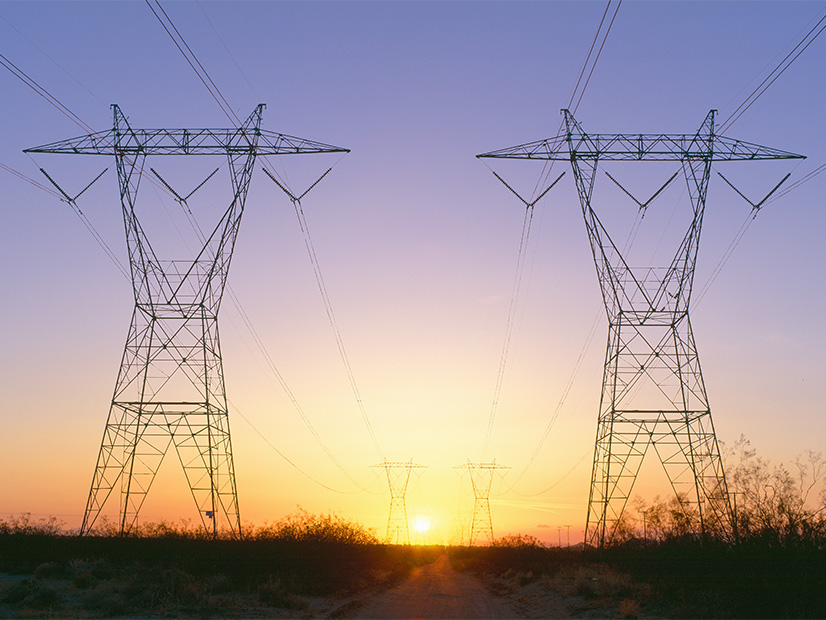CAISO sent a report to the California State Legislature on Monday that summarizes recent studies of Western regionalization, a document intended to inform this year’s renewed legislative discussion of the ISO becoming an RTO.
The 125-page report, “Impacts on California of Expanded Regional Cooperation to Operate the Western Grid,” was requested by lawmakers last year in Assembly Concurrent Resolution 188. It examines three dozen studies conducted over the last two decades that dealt with the benefits and drawbacks of greater cooperation among the West’s 39 balancing authorities.
“The studies reviewed, while varying in focus, are consistent and demonstrate that California’s goals for renewable energy and greenhouse gas reduction can be achieved more quickly and with less cost to Californians through expanded regional cooperation,” according to the report, prepared by the National Renewable Energy Laboratory.
It looked at different regional market constructs, including the formation of one or more Western RTOs and efforts such as CAISO’s planned day-ahead extension of its Western Energy Imbalance Market.
“The magnitude of the benefits to California will vary based on the mode of cooperation and on the states and utilities that elect to participate,” it says. “For example, the total benefits to California of a West-wide extended day-ahead energy market operated by CAISO … were less than the benefits estimated for the state under a West-wide RTO. For the rest of the West, an extended day-ahead market retained a slightly larger portion of the expected benefits of a full RTO.”
Some studies showed the distribution of benefits between California and other Western states to be uneven, the report noted.
A June 2021 “state-led” study found that an RTO covering the entire U.S. portion of the Western Interconnection could save the region $2 billion in annual electricity costs, providing 57% more savings in capacity value and 18% more production cost savings than two RTOs.
The study was led by Utah Gov. Spencer Cox’s Office of Energy Development and energy offices in Colorado, Idaho and Montana. (See Study Shows RTO Could Save West $2B Yearly by 2030.)
“However, this and other studies suggest the distribution of production cost savings and savings in resource adequacy costs could vary among individual states,” the NREL researchers wrote. “The type of technical modeling used in these studies accounts for detailed differences in generation cost between areas within the market being simulated. It also accounts for transmission congestion between areas; prices on the load side of a constraint tend to be higher, and prices on the generation side tend to be lower.
“As a result, shifting from several segregated markets to one integrated market could simultaneously exert downward pressure on market prices in high-cost areas [and] exert upward pressure on market prices in low-cost areas, and affect local imports, exports and the associated flow of revenue between areas,” it says. “These factors would drive local differences in benefits from regionalization even if the regionwide sum of benefits increased.”
A related issue is “how to allocate and recover the cost of new transmission that would increase power flows from low-cost areas to high-cost areas,” it says. “Consequently, it would be reasonable for California to anticipate a range of economic expectations from states with whom it might engage in discussions regarding an RTO.”
Governance remains a major hurdle. For CAISO to become an RTO, its Board of Governors would have to be opened to members from other states. Currently the California governor appoints all five members, and the State Senate confirms them.
“All other multistate RTOs in the country have an independent governing board and a special advisory committee that includes energy officials from all states in the RTO’s geographic footprint,” the report says. “Typically, the board is elected by RTO members from a slate prepared by a nominating committee, and members of the regional states committee are public utility commissioners, state energy officers or other officials from affected states.”
A bill introduced Feb. 8 by Assemblymember Christopher Holden, Assembly Bill 538, would allow CAISO to develop a governance proposal for an independent board with members from other states. (See Lawmaker Introduces Bill to Turn CAISO into RTO.)
Holden, who also authored ACR 188, headed prior attempts in 2017 and 2018 to achieve the same goal, but the efforts failed because key lawmakers were unwilling to relinquish control of CAISO’s board or to jeopardize the state’s ambitious climate goals through increased cooperation with coal-burning states of the interior West.
Circumstances have changed since then, with strained supply in the West during extreme weather, especially in California. More states, cities and utilities have adopted 100% clean energy goals like California’s, requiring new transmission to move wind and solar power long distances. And two states, Nevada and Colorado, enacted requirements that major transmission owners join RTOs by 2030.
CAISO now faces competition from SPP, which plans to establish RTO West, and from the Western Power Pool, whose Western Resource Adequacy Program could be a springboard to an RTO.
The ISO released a draft version of the report in January, which left a section on the relative benefits of regionalization for California and the rest of the West unfinished, and asked for stakeholder feedback. (See CAISO Issues Report on Western Regionalization Studies.)
In a letter transmitting the final report to lawmakers, CAISO CEO Elliot Mainzer said, “NREL’s review of the literature makes clear [that] a broad geographic operational footprint that integrates California with the broader West tends to yield the most financial and reliability benefits due to greater resource and load diversity, while requiring resolution of governance issues.
“The report also illustrates how others in the West are creating alternative mechanisms for enhanced regional coordination outside of the footprint of the CAISO,” Mainzer said. “Utilities and regulators across the West are exploring their options with respect to regional coordination, further underscoring the timeliness and importance of this conversation.”

